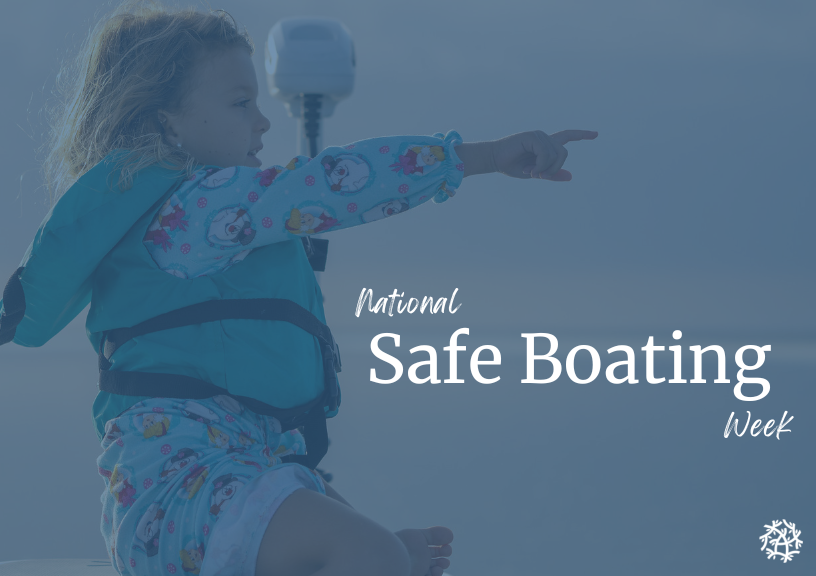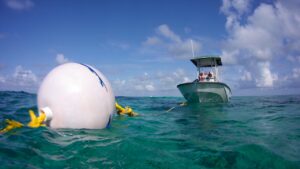May 17, 2022
Three Tips for Boating in Florida’s National Parks

National Safe Boating Week kicks off this Saturday and lasts through May 27th.
This global awareness effort encourages boaters to make the most of their boating adventure
by being responsible.
We’ve compiled three tips to keep in mind over the next week – and into the future – to help you boat safely in Florida’s national parks.

The “It” Item of The Everglades
Fishing is the number one activity in the marine areas of Everglades National Park – over 90% of boaters are fishing. And with great recreation comes great responsibility!
So we helped Everglades National Park develop a free online boater education course to orient and educate boaters to the unique features of the park’s marine waters. Since the course launched in 2019, our overall goal has been to protect marine resources while providing world-class recreational opportunities.
Completion of this course is required for any boat operator to recreate within the park. It serves as a great refresher to Floridians who find themselves on the water regularly and is a necessary tool in teaching visitors about the unique challenges that are present in our waterways.
Get this “it” item before it’s too late! The course isn’t going anywhere, but neither is law enforcement!
Take the Boater Education Course

Keep Your Anchor To Yourself
The Alliance funded the installation of more than 25 mooring buoys within Biscayne National Park in an effort to protect the Florida Reef.
With bleaching events caused by rising water temperatures and the still inexplicable arrival and spread of stony coral tissue loss disease, our reef can use all of the help it can get – and tying to one of these mooring buoys instead of dropping anchor is one way to be a part of the solution.
In addition to many plant and animal species calling it “home,” the Florida Reef supports over 71,000 full and part-time jobs and generates over
$6.3 billion in combined local sales and income associated with snorkeling, scuba diving, fishing, beach activities and more.
Coral reefs also provide natural defenses that help protect our shorelines and coastal cities when a hurricane or other major storm event rolls through. Is there nothing that the amazing Florida Reef can’t do?!
So next time you’re out on the water, keep your anchor on your boat and give a tie a try!
Help Maintain the Mooring Buoys

Off-Limits Off the Coast of Garden Key
The waters of Dry Tortugas National Park have been attracting boaters for centuries, but one area that boats cannot go is the Nurse Shark Special Protection Zone.
Implemented in 2010, the Nurse Shark Special Protection Zone is an area within eyeshot of the park’s famous Fort Jefferson, but this protected refuge is closed off entirely to the public between June-October each year.
Each summer, nurse sharks return to this area to find their newest mate and continue the circle of life. These bottom-dwelling beings are one of the most abundant shark species in South Florida, making them important predators in our coral reef ecosystem, and it’s important to understand their movements to make sure conservation measures are effective.
This study is the world’s only continuous investigation of a free-living shark population and The Alliance has provided funding to this pivotal program for years, which covers everything from housing for the researchers to necessary equipment like kayaks, binoculars, dataloggers, and acoustic tags, as well as their underwater receivers.